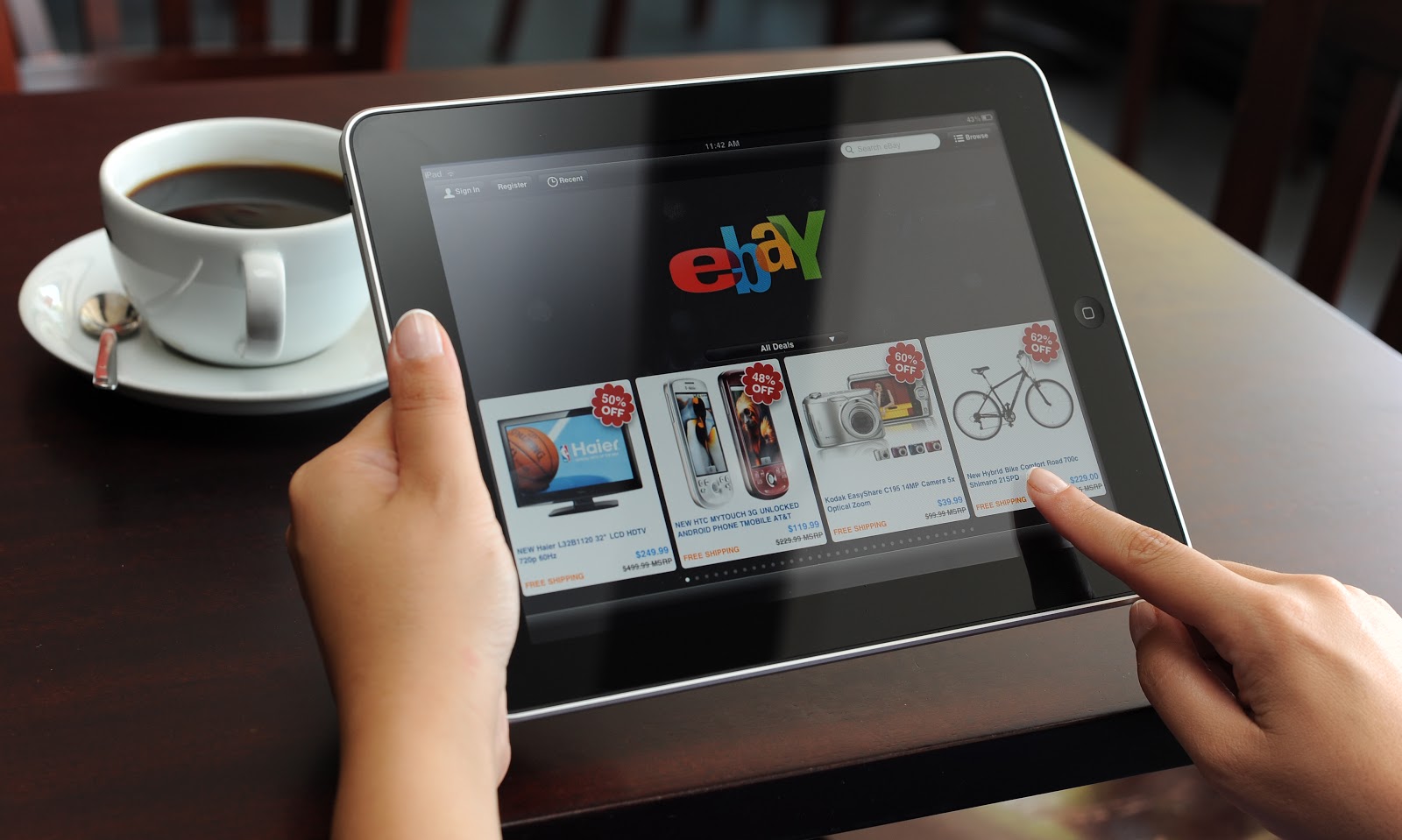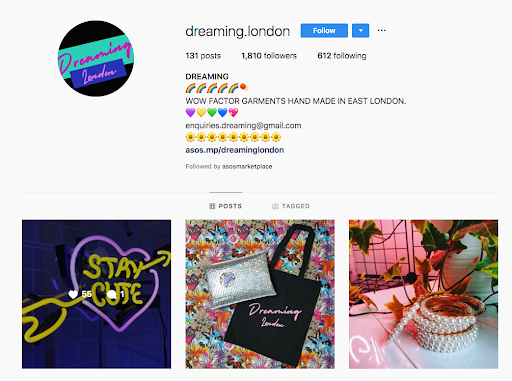There’s a new way of doing business.
Well, not new, new, but it’s a model that past generations of business owners and traders didn’t really have access to.
Online marketplaces are taking over – and are killing it.
That means that the world’s biggest cab company doesn’t even need to own a car. The world’s largest food delivery aggregators don’t need to cook a single dish. The world’s most well-known eCommerce stores don’t need any items in their inventories.
Uber. DoorDash. Amazon. Teach us your ways!
Online marketplaces are set to play an even bigger part in the near future. This means that independent marketplaces are popping up everywhere, with platforms dedicated specifically for their growth.
So, what is an online marketplace, and what’s the best digital marketing strategy for yours? We’re going to focus on what we know best: social media, SEM, and content marketing.
Read on and your marketplace could start to compete seriously in its space.
What is an Online Marketplace?

An online marketplace is just like your regular marketplace, but it facilitates shopping through a website or app, where users get access to many different sources or vendors.
You could say eBay kicked this all off, and it remains one of the biggest to date, selling just about everything from online retailers and individuals all over the world.
Basically, the marketplace doesn’t own any of its own products. It’s just a platform that offers a place for others to sell and because of that, it offers a wider assortment than a single store would be able to.
There are three types of marketplaces. They are:
- Vertical: This sells one type of product from a number of different sources, such as jewelry or shoes.
- Horizontal: This sells different types of products that all fall under the same category. Think of a range of high street retailers under one roof, for example.
- Global: This sells just about everything and anything, in one place. The prototypical global marketplace is, of course, eBay.
Marketplaces seem to be taking the place of department stores and multi-brand retailers, which is great for the consumer’s convenience and competitive pricing. Not so great for those that are trying to get their own marketplace to stand out. Prepare for global marketplaces to own almost 40% of all online retail markets by next year.
Let’s examine how your integrated strategy could have you competing with the worldwide giants we all know and love.
DISRUPT THE SPACE WITH SOCIAL MEDIA MARKETING
Now, many American shoppers prefer to shop on online marketplaces – and even more are using social media every single day. It makes sense to market to them on their favorite hang-out spots, with Instagram still being the coolest corner.
Running an online marketplace means your Instagram content is basically curated for you. Individual vendors want to advertise via your channels so you can both benefit. The visual aspect of Instagram advertising gives you the chance to leave a lingering image in users’ minds, so how can you further capitalize on this?
Get influencers on board
Ipsy has grown into one of the most successful cosmetics marketplaces around.
By collaborating with beauty vloggers and content creators, they’re inviting their community to show off their makeup skills, whilst giving each other some tasty exposure.
As a marketplace, you have access to a heap of brands, so make arrangements with them to mention your platform on their page. Offer them something in return; an Instagram post for them or something of monetary value, for example.
Taking it up a few notches, Airbnb took advantage of Mariah Carey’s booking in Israel by offering her a free stay in exchange for an Instagram post, which racked up almost 45,000 likes.

Let viewers click to shop
Ever seen a handbag or pair of socks on Instagram and wanted them right there and then?
That’s the beauty of this platform. You can offer that to your audience.
Stand out from other online marketplaces with a “click to shop” option in your bio. Instead of taking them to your website’s homepage, your bio should direct them to a page that displays your Instagram feed – with the option to instantly purchase anything they see.

Nordstrom does exactly that with their like2buy feature.
By displaying eye-catching items from some of their most popular vendors, they’re like your palm-sized personal shopper.
Master the Layers of SEM
Search engine marketing (SEM) is the combined powers of search engine optimization (organic search) and pay-per-click, or Google Ads (PPC).
You’re going to want to make both part of your strategy.
While SEO is a long-term effort that brings about results that last, PPC will grab you some quick wins and fast customers.
SEO for online marketplaces
One SEO challenge you may come across as an online marketplace is targeting your niche – or lack of it. Traditional eCommerce sites have complete control over their products and content strategy.
On the other hand, you’re unlikely to know exactly which products are on your site at any given time, so your keyword strategy should depend on generic phrases. Focus them around category pages and establish a blog so you have more pages to optimize.
You do have an advantage over most other sites, though…
Leverage the retailers you partner with to build buzz via backlinks or social media posts.
SEO is a marathon that never really ends, but with consistent efforts or help from an SEO agency, you can build up your authority and establish your place in search results.
Boutique store Dreaming London links to Asos Marketplace in its bio, in exchange for becoming a “sponsored seller”. The more quality backlinks, the better!

Targeted marketing with Google Ads
Less intrusive and more targeted than traditional ads, Google Ads is the marketing strategy you’re going to want to play around with.
As a marketplace, you’re going to have lots of brands and industries competing for your keywords. You’ll get that top ad position only with the best ad rank, which is determined by your CPC and quality score.
A step-by-step guide to PPC marketing could fill its own post.
Instead, why not contact Impress!ve™ for a free SEM audit and strategy session?
Content Marketing for Online Marketplaces
The importance of content marketing should never be underestimated.
It generates 3x as many leads as traditional marketing at a percentage of the price.
Online users are turning to you to impart information through your content marketing strategy and to put it simply, you need one.
Outsource content to your community
Take a leaf out of eBay’s book (because it’s eBay) and call on your sellers to create content.
When you get someone else to take on the work, you’re passing it to someone that’s an expert in their own industry. You’re also educating your visitors, guiding them down the sales funnel, and hopefully getting some backlinks, too.
eBay invites its sellers to contribute to their blog on topical issues in the eCommerce market because their readers are searching for that stuff.

A blog from an eBay seller located on Ebayinc.com. Read the article in full here.
Local content marketing works
Chances are, you’re not quite operating in the same realm as Amazon and Facebook Marketplace. Not yet, anyway!
If you mostly target a specific area, generate content that attracts traffic for a more defined audience.
What are people talking about in your city or region? Use Twitter and Google Trends to find out what the hot topics are and create content around them. If there are any local, seasonal activities coming up, report on them.
Relevancy is key here and will encourage more customers to click through, rather than bounce.
Get a Digital Marketing Strategy for your Marketplace
Feeling overwhelmed by all the possibilities when it comes to marketing your marketplace?
A full, integrated strategy is like juggling a lot of digital balls. Speak to Impress!ve™ about how we could set up a plan for your eCommerce store or marketplace and transform your brand into an industry front-runner.



